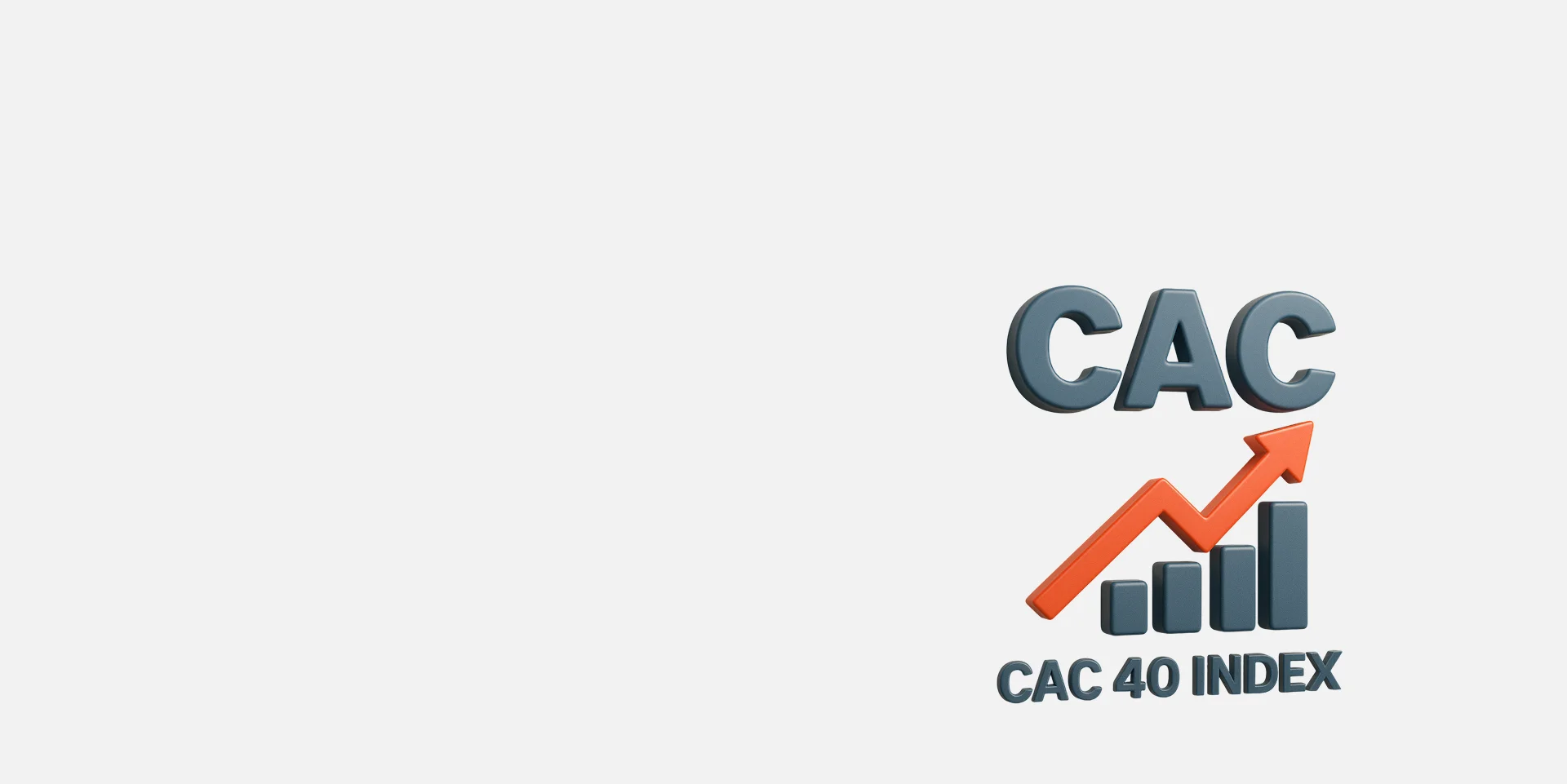

Trading the CAC 40 Index: A Comprehensive Guide
The CAC 40 is France's leading stock market index and a critical benchmark for the European economy. It represents 40 of the most significant companies in the Euronext Paris exchange. The index provides a snapshot of France's economic performance and is a popular choice for traders worldwide. Whether you're a beginner or an experienced investor, understanding how to trade the CAC 40 can open doors to diverse trading opportunities.
What Is the CAC 40 Index?
The CAC 40 Index (Cotation Assistée en Continu, or "Continuous Assisted Quotation") measures the 40 largest market capitalizations on the Euronext Paris exchange. It is a barometer for the health of France's economy and a key reference point for European markets.
Key Highlights
Representation: Comprises 40 blue-chip companies across various industries.
Performance Indicator: Tracks the overall performance of the French economy.
Global Impact: Influences and reflects trends in European and international markets.
Ways to Trade the CAC 40
Traders have multiple avenues to trade the CAC 40, each with its advantages and challenges:
CFD (Contract for Difference) Trading
CFDs allow traders to speculate on the index's price movements without owning the underlying assets.
Flexibility: Profit from both rising and falling markets.
Leverage: Control larger positions with smaller capital.
Risks: Leverage amplifies both gains and losses.
Index Futures
Futures contracts are standardized agreements to buy or sell the CAC 40 at a future date.
Precision: Ideal for advanced traders with in-depth market knowledge.
Cost-Effective: Lower transaction costs than other trading methods.
Complexity: Requires a solid understanding of derivatives markets.
ETFs (Exchange-Traded Funds)
ETFs track the performance of the CAC 40, making them an easy choice for long-term investors.
Examples: Lyxor CAC 40 ETF, iShares CAC 40 UCITS ETF.
Advantages: Lower risk and minimal management effort.
Disadvantages: Limited flexibility compared to direct trading.
Options Trading
Options provide the right (but not the obligation) to buy or sell the index at a predetermined price.
Flexibility: Suitable for hedging and speculative strategies.
Knowledge-Intensive: Requires a deeper understanding of derivatives.
Key Trading Strategies
Trend Following
Identify and trade in the direction of the overall market trend.
Use technical indicators like moving averages to confirm trends.
Patience and discipline are critical for this strategy.
Breakout Trading
Enter trades when the index breaks through significant support or resistance levels.
Volume and momentum indicators are helpful for confirmation.
Effective during periods of heightened market volatility.
News and Economic Indicator Trading
Monitor French and European economic news for market insights.
Key indicators to track include GDP growth, unemployment rates, industrial production, and consumer confidence.
Essential Trading Considerations
Factors Affecting CAC 40 Movements
Monetary Policies: Decisions by the European Central Bank.
Government Actions: French economic policies and reforms.
Global Trends: Economic and geopolitical events worldwide.
Corporate Performance: Financial health of major French companies.
Risk Management Techniques
Set clear stop-loss orders to cap potential losses.
Avoid risking more than 1-2% of trading capital on a single trade.
Diversify strategies to mitigate risks.
Maintain a detailed trading journal for self-assessment and improvement.
Best Practices for CAC 40 Trading
Continuous Learning
Stay updated on market trends and economic developments.
Attend webinars and workshops to refine trading skills.
Regularly read financial news and expert analysis.
Practice with Demo Accounts
Test strategies risk-free before trading with real money.
Familiarise yourself with platform features and tools.
Psychological Preparation
Develop discipline to manage emotional responses during trading.
Accept losses as part of the trading process and learn from them.
Potential Challenges
High Volatility: Sudden price movements can pose risks.
Complex Economic Interactions: Requires understanding of local and global factors.
Market Shifts: Unexpected geopolitical events or financial crises can disrupt trade.
Constant Monitoring: Active trading demands significant time and attention.
Recommended Knowledge Base
Before trading the CAC 40, ensure familiarity with:
Fundamental market mechanics and economic indicators.
Technical analysis tools and charting methods.
Risk management principles and trading strategies.
Trading the CAC 40 index offers diverse opportunities for profit, whether through CFDs, ETFs, futures, or options. Success requires a solid understanding of the index, effective risk management, and a commitment to continuous learning. With the right tools and strategies, traders can navigate this benchmark index and capitalize on its movements.
Ready to start trading? Explore TMGM’s advanced tools and competitive spreads to unlock your trading potential today.
เทรดอย่างชาญฉลาดวันนี้






เข้าบัญชี
ได้ทันที



